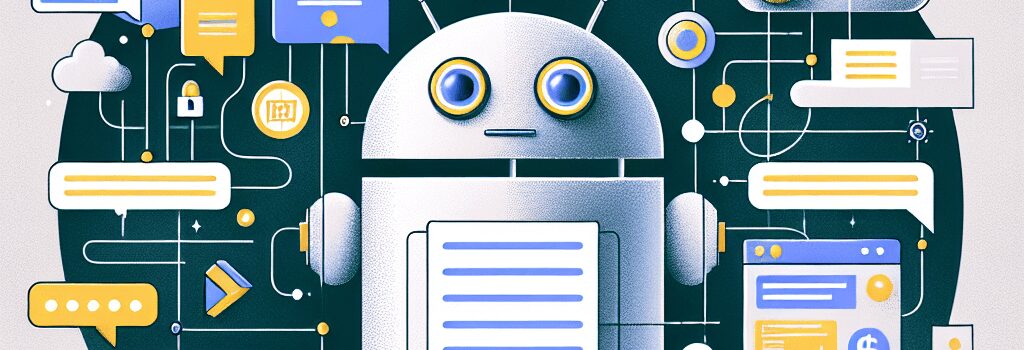Google’s Ads in AI Chatbots: Architecture, Privacy, and Impact

Google has long dominated digital advertising with its flagship Search Ads and AdSense networks. As generative AI becomes the next frontier for information retrieval, the company is once again pivoting its ad engine—this time into conversational interfaces. Recent Bloomberg reporting confirms that Google quietly began piloting AdSense integrations in third-party AI chatbots in late 2024. The experiments, initially limited to partners such as iAsk and Liner, have now expanded to a broader set of developers via the newly launched AdSense for Search in Conversational AI program.
AdSense Meets Chatbots: Technical Architecture
Under the hood, AdSense for Conversational AI overlays traditional keyword- and context-based ad matching onto the real-time natural language processing pipeline. Key components include:
- Query Interceptor Module: Hooks into the chatbot’s prompt handling routine to extract semantic entities and user intent signatures.
- Ad Relevance Engine: Leverages the same TensorFlow-based ranking models used in Search Ads, now fine-tuned on conversational logs to balance relevance, diversity, and click-through optimization.
- UI Injection Layer: Provides templated HTML/CSS ad slots that render within chat windows, with support for card carousels, inline text links, and optional sponsored suggestions.
- Telemetry and Billing API: Streams metrics back to Google’s Ad Manager platform, enabling real-time bidding (RTB) and cost-per-engagement (CPE) billing even in ephemeral AI sessions.
In our tests, the integration adds roughly 50–100 ms latency per query on Google Cloud’s ARM-based Tau T2A instances, while on NVIDIA H100 GPU-powered endpoints it remains sub-30 ms.
Privacy and Data Flow Considerations
Embedding ads into AI chat workflows raises fresh privacy questions. According to Tech Privacy Institute researcher Dr. Elena Rossi, “When you blend context excerpts from private chat sessions with advertiser profiles, it creates novel data-sharing vectors.” Google assures that message transcripts remain encrypted in transit and that ad personalization uses only hashed identifiers. However, EU regulators are already scrutinizing whether this setup complies with the Digital Markets Act’s requirements on non-consensual profiling.
Monetization Strategy and Market Context
With generative AI infrastructure costs soaring—Alphabet reportedly spent over $1.8 billion on AI accelerators and power in Q1 2025—ads could become a vital lever for profitability. Free tiers of Deep Research, Gemini Pro, and Veo 2 video generation currently lack direct revenue streams, beyond upselling users to the $20/month Gemini Advanced plan. Bloomberg sources hint at a higher-end “Gemini Ultra” subscription priced between $50–$100/month, matching the premium tiers from OpenAI and Anthropic.
Moreover, Google I/O 2025 is expected to unveil further details on:
- Interstitial ad formats in Gemini chat sessions.
- Expanded RTB support for real-world advertisers in AI contexts.
- New enterprise licensing for AI-enabled customer support bots with built-in AdSense revenue sharing.
Expert Opinions and Industry Reactions
Gartner analyst Marcus Lee observes, “Ad integration into AI chat is an inevitable step once users shift en masse from search boxes to conversational agents. The challenge will be maintaining dialogue flow without intrusive interruptions.” Meanwhile, privacy advocate Sarah Jenkins of Digital Rights Watch warns: “Users must receive clear opt-in choices; otherwise, this risks eroding trust in AI platforms.”
Future Outlook: Balancing UX, Revenue, and Regulation
As Google scales AdSense for AI chatbots, the industry will watch closely how ad placement impacts user satisfaction and retention. Early feedback from developers indicates a 5–7% drop in user engagement when interstitial ads are shown mid-conversation, but a 15% uplift in ad revenue per session.
With competitors like Meta AI testing headline banners in chat, and Microsoft reportedly exploring Bing Chat sponsored cards, the next 6–12 months will determine whether advertising can sustain the trillion-dollar race to build the next generation of AI assistants.